Jump To

Own one like this?
Make room for new gear in minutes.Compare 0 Listings
Product Details
Gallery
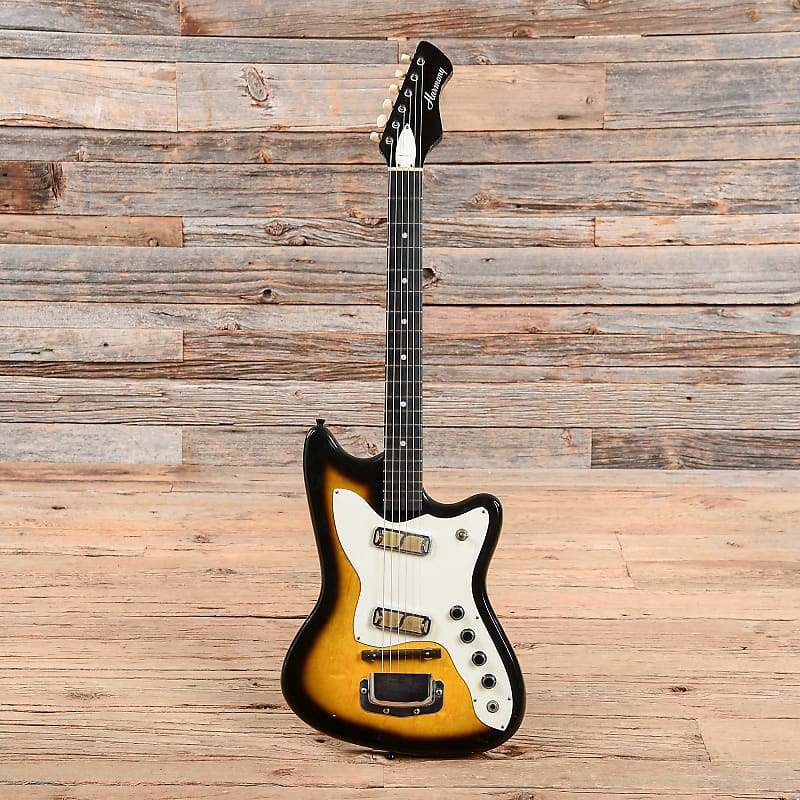

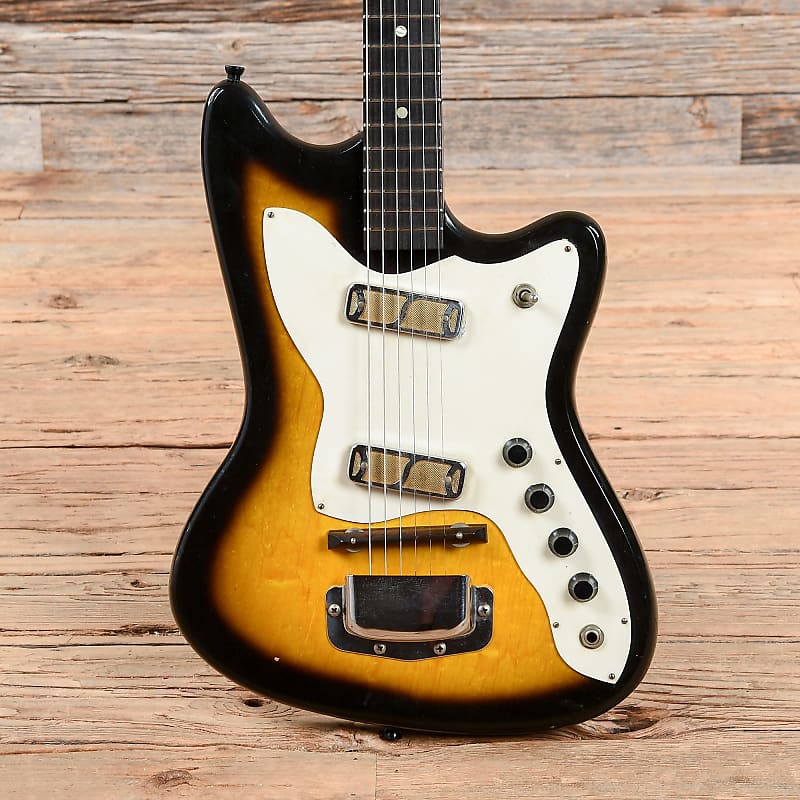
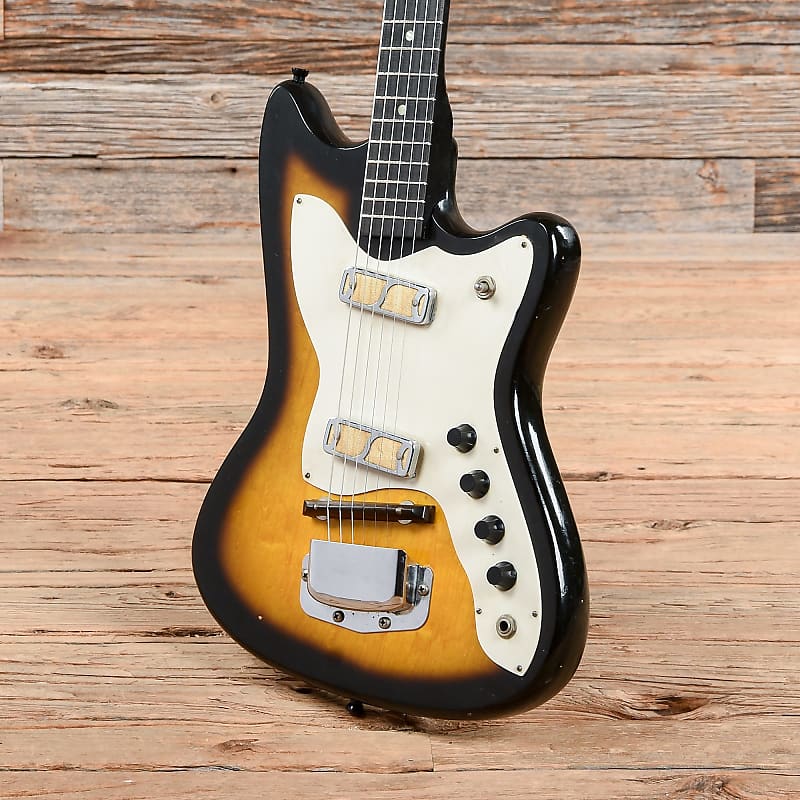
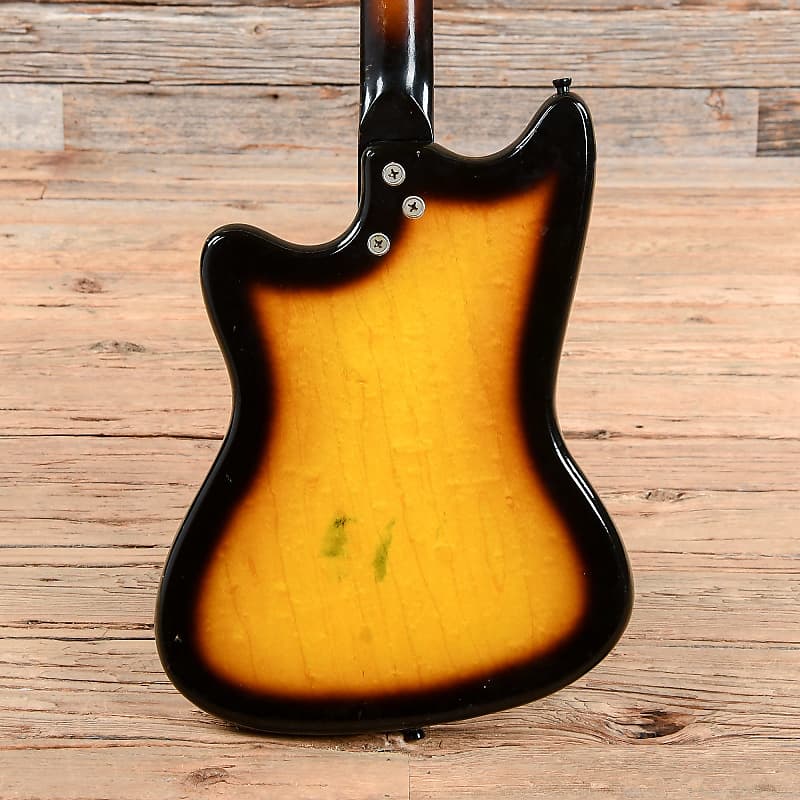
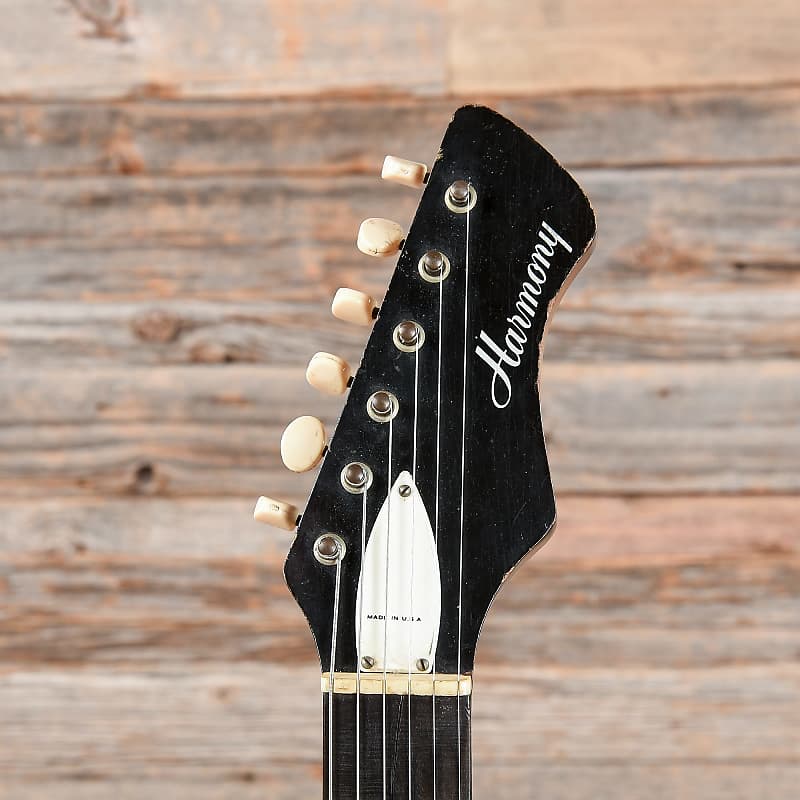
Product Specs
| Brand | |||||
| Model |
| ||||
| Finish |
| ||||
| Year |
| ||||
| Made In |
| ||||
| Categories | |||||
| Body Material |
| ||||
| Body Shape |
| ||||
| Body Type |
| ||||
| Bridge/Tailpiece Type |
| ||||
| Color Family |
| ||||
| Finish Pattern |
| ||||
| Finish Style |
| ||||
| Fretboard Material |
| ||||
| Neck Construction |
| ||||
| Number of Frets |
| ||||
| Number of Strings |
| ||||
| Offset Body |
| ||||
| Pickup Configuration |
| ||||
| Right / Left Handed |
| ||||
Overview
The general offset template with one (H14) or two (H15) DeArmond gold foil pickups made by Harmony was first called the Silhouette model from its debut in 1963 until 1968, when it was renamed the Bobkat. This model was also sold under the Silvertone badge (Model 1477) in Sears department stores. A vibrato tailpiece was optional (H15V). These models have surged in popularity recently due to Annie Clark of St. Vincent touring and recording with a Harmony H15 Bobkat. These smaller offset beasts remain some of the best player-grade vintage deals around.
The H15V is frequently mistaken for the H17 Bobkat, as both guitars feature two pickups, and identical body shapes. H17 models have a rounded headstock shape shared with the H19 Bobkat, while H15 models have an angular headstock shared with the H14.
The H15V is frequently mistaken for the H17 Bobkat, as both guitars feature two pickups, and identical body shapes. H17 models have a rounded headstock shape shared with the H19 Bobkat, while H15 models have an angular headstock shared with the H14.
Price Guide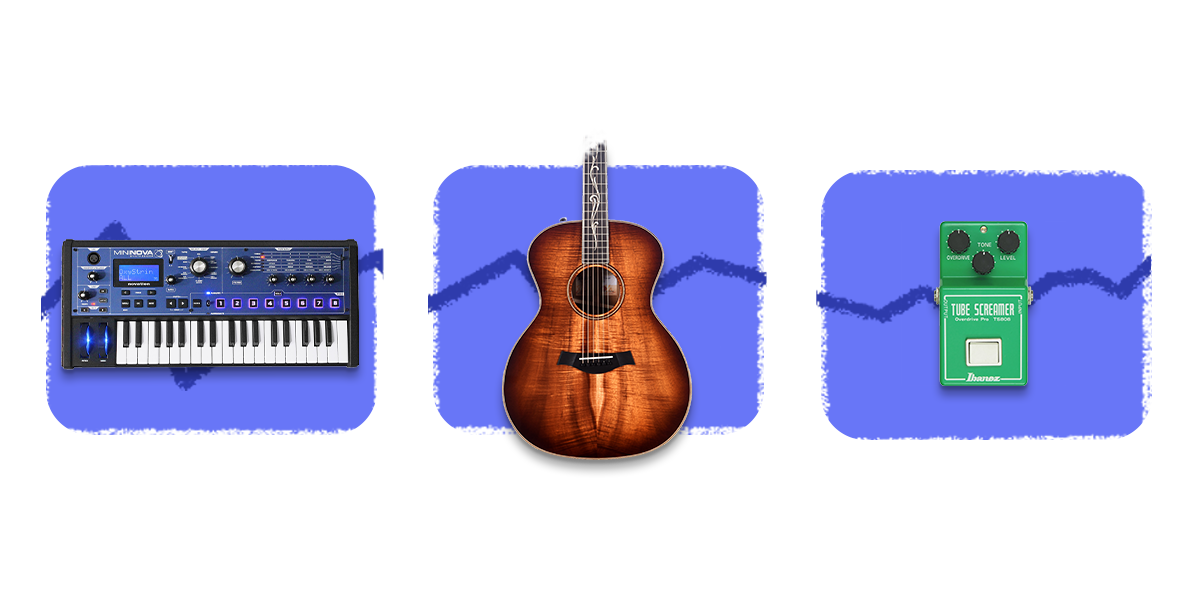
*Excludes Brand New, B Stock, Fair, Poor, and Non-functioning. Prices exclude shipping and tax/VAT/GST.
